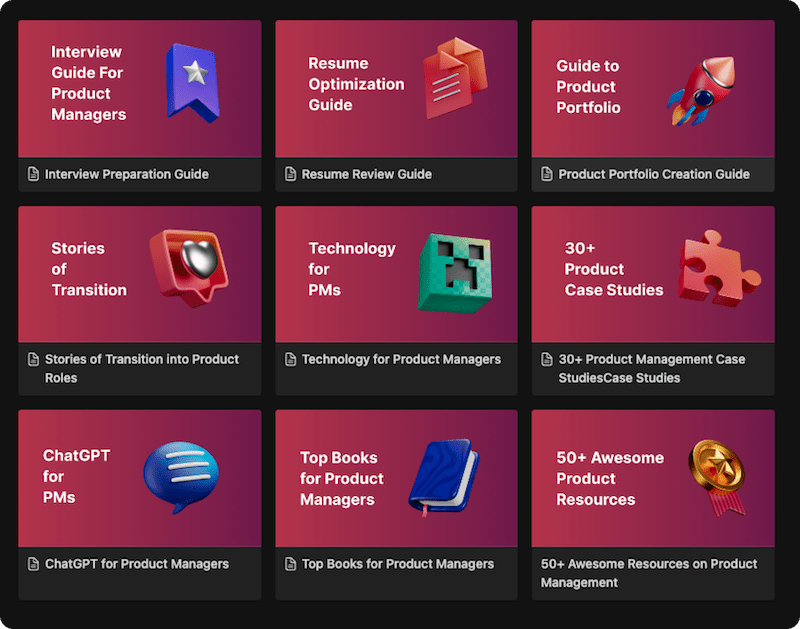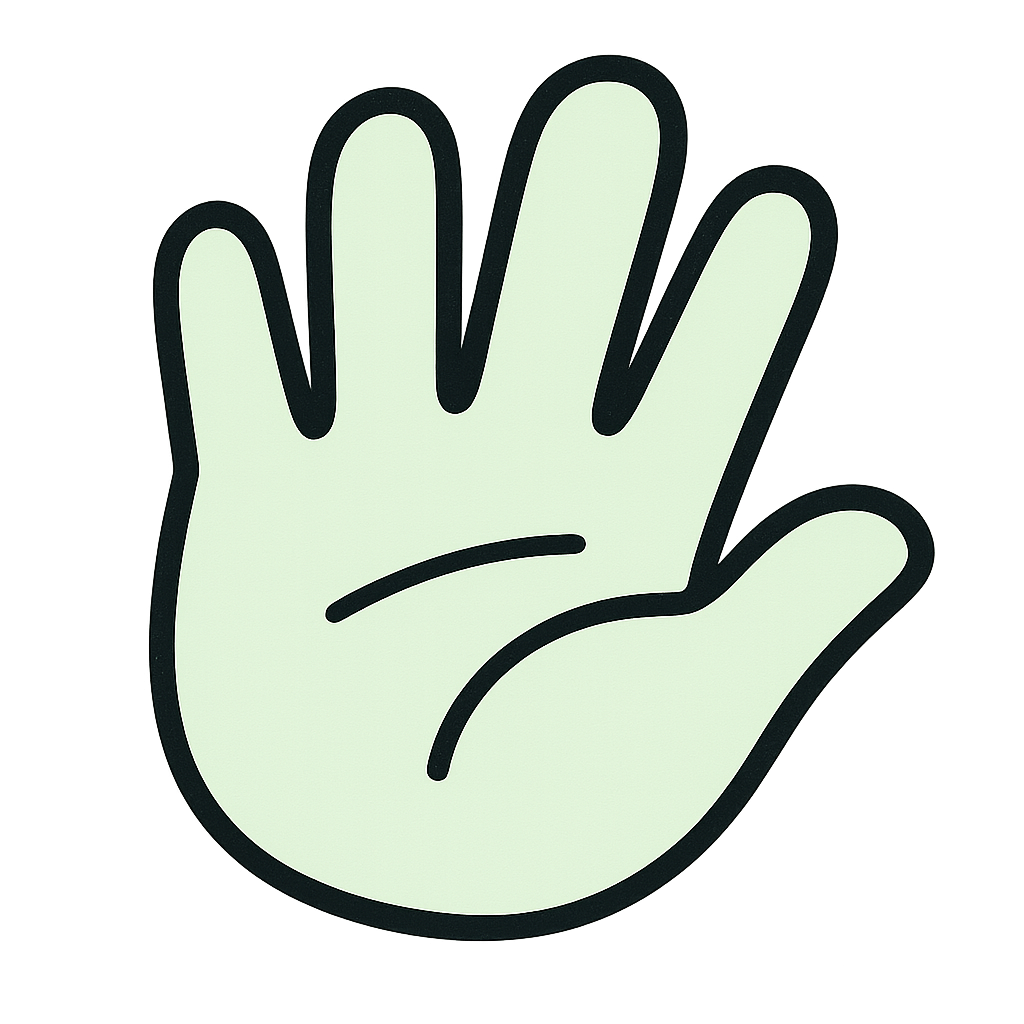As a product manager, have you ever wondered why some products explode onto the scene with great fanfare, only to quietly disappear a few years later? Or how iconic brands like Coca-Cola have managed to stay relevant for over a century? The answer isn’t luck; it’s a deep, strategic understanding of the Product Lifecycle.
Like living organisms, products have a natural lifespan—they are born, they grow, they mature, and eventually, they decline. The Product Lifecycle is a model that maps out these distinct stages. For product managers, marketers, and business leaders, this isn’t just an interesting theory; it’s a critical strategic framework. It helps you make smarter decisions about everything from marketing spend and pricing to feature development and resource allocation. By the end of this comprehensive guide, you’ll have moved from a beginner’s understanding to a pro-level mastery of the product lifecycle, equipped to guide your product to success at every stage of its journey.
Definition & Origin: A Timeless Marketing Theory
The concept of the product lifecycle was first popularized by German-American economist Theodore Levitt, who published his seminal article on the topic, “Exploit the Product Life Cycle,” in the Harvard Business Review in 1965. Levitt argued that a product’s life is finite and that management must adapt its strategies for pricing, promotion, and distribution as the product moves from one stage to the next. While the market has changed dramatically since the 1960s, Levitt’s core theory remains one of the most enduring and widely used frameworks in business strategy today.
Benefits & Use-Cases: Why the Product Lifecycle Matters
Effectively managing the product lifecycle provides a significant competitive advantage. Here’s why it’s so important:
- Strategic Decision-Making: It provides a clear framework for when to focus on building awareness, penetrating the market, defending market share, or divesting.
- Improved Forecasting: By understanding the typical sales patterns of each stage, businesses can make more accurate forecasts for revenue, profit, and resource needs.
- Optimized Marketing Spend: It guides marketing strategy, helping you decide whether to invest heavily in education (Introduction), brand building (Growth), or differentiation (Maturity).
- Better Resource Allocation: It helps product managers justify investments in new features during the Growth phase or cost-cutting measures during the Decline phase.
- Proactive Planning: It encourages businesses to think ahead, plan for new product development to replace aging ones, and manage their product portfolio effectively.
How It Works: The 4 Stages of the Product Lifecycle
Let’s break down each of the four stages, exploring their characteristics and the best strategies to employ.
Stage 1: Introduction
This is the launch phase. The product is new, brand awareness is low, and sales are just beginning to build. The primary goal is to establish a market and create demand.
- Characteristics:
- Sales: Low and slow.
- Costs: High per customer due to heavy investment in R&D, marketing, and distribution.
- Profits: Negative or negligible.
- Customers: Innovators and early adopters who are willing to take a risk on a new product.
- Competition: Little to none.
- Strategic Focus:
- Product: Focus on the basic product, ensuring quality and ironing out any bugs.
- Pricing: Can be high (skimming) to recover costs or low (penetration) to quickly gain market share.
- Marketing: Build product awareness and educate potential customers about its benefits. Focus on reaching early adopters.
- Distribution: Build selective distribution channels.
Stage 2: Growth
If the market accepts the product, it enters the growth stage. Sales begin to take off rapidly, and profitability increases as production scales. The goal is to maximize market share.
- Characteristics:
- Sales: Rapidly increasing.
- Costs: Average cost per customer falls due to economies of scale.
- Profits: Rising sharply, reaching their peak.
- Customers: Early majority; a broader audience begins to adopt the product.
- Competition: Begins to increase as competitors are attracted by the market’s success.
- Strategic Focus:
- Product: Add new features, improve quality, and offer variations (e.g., new colors, sizes).
- Pricing: Maintain price to maximize revenue, or lower it slightly to attract more price-sensitive buyers.
- Marketing: Shift focus from education to brand preference. Increase advertising to a wider audience.
- Distribution: Build intensive distribution channels to make the product widely available.
Stage 3: Maturity
This is the longest stage for most successful products. Sales growth slows down and eventually peaks as the market becomes saturated. The primary goal is to defend market share and maximize profit.
- Characteristics:
- Sales: Peak sales; growth rate slows to zero or near zero.
- Costs: Low cost per customer.
- Profits: High, but may start to decline due to increased competition and marketing expenses.
- Customers: Late majority; most potential customers have already adopted the product.
- Competition: Intense; the market is crowded with competitors.
- Strategic Focus:
- Product: Differentiate from competitors. Diversify the brand with new models or features.
- Pricing: Price to match or beat competitors. Price wars may erupt.
- Marketing: Emphasize brand differentiation and benefits. Use sales promotions to encourage brand switching.
- Distribution: Distribution becomes even more intensive.
Stage 4: Decline
Eventually, sales for most products begin a long-term decline. This can be due to technological advances, shifts in consumer tastes, or increased competition. The goal is to manage the decline strategically.
- Characteristics:
- Sales: Falling.
- Costs: Low cost per customer.
- Profits: Declining.
- Customers: Laggards; only the most loyal customers remain.
- Competition: Declining as competitors exit the market.
- Strategic Focus:
- Product: Phase out weak items. Reduce the number of product variations.
- Pricing: May cut prices to liquidate remaining inventory.
- Marketing: Reduce marketing spend to the level needed to retain the most loyal customers.
- Strategy: Choose a path:
- Harvest: Reduce costs and continue to offer the product to a loyal niche.
- Divest: Sell the product line to another company or discontinue it.
Mistakes to Avoid
- Misidentifying the Stage: Mistaking a temporary sales dip in the maturity stage for the beginning of a decline can lead to premature and costly decisions.
- Failing to Innovate: Not investing in improvements or new product lines during the maturity phase can hasten the decline.
- Ignoring the Competition: In the growth and maturity stages, underestimating competitors can lead to a rapid loss of market share.
- Being Sentimental: Holding onto a declining product for too long can drain resources that would be better invested in new, growing products.
Product Lifecycle Examples
- Introduction: Augmented Reality (AR) Glasses. While the technology is exciting, it’s still in its infancy with high costs, few customers, and an unproven market.
- Growth: Electric Vehicles (EVs). Sales are accelerating, more competitors are entering the market (Ford, GM, etc.), infrastructure (charging stations) is expanding, and public adoption is growing rapidly.
- Maturity: Smartphones. Nearly everyone who wants a smartphone has one. The market is saturated, and companies like Apple and Samsung compete fiercely on features, brand loyalty, and minor innovations rather than explosive growth.
- Decline: DVDs and DVD Players. With the rise of streaming services like Netflix and Hulu, the demand for physical DVDs has plummeted. Production has been significantly reduced, and they are sold in fewer stores.
Related Concepts & Comparisons: Product Lifecycle vs. PLM
It’s crucial to distinguish between the Product Lifecycle (the strategic marketing model) and Product Lifecycle Management (PLM).
- Product Lifecycle (PLC): A theoretical framework that describes the sales stages of a product in the market. It’s a strategic tool used by marketing and product managers to guide decisions.
- Product Lifecycle Management (PLM): A business system or software that manages the entire journey of a product from its initial concept, through design and manufacturing, to service and disposal. It deals with the operational and engineering side, managing data, processes, and people.
Conclusion
Ultimately, the Product Lifecycle is far more than an academic theory; it is an indispensable strategic compass for any product manager or business leader. Understanding that every product has a natural lifespan—from the high-stakes launch in the Introduction phase, through the exhilarating sales of the Growth period, into the competitive battlefield of Maturity, and finally the managed reality of Decline—allows you to be proactive rather than reactive. By accurately identifying which stage your product is in, you can deploy the right strategies at the right time, optimizing your marketing spend, guiding feature development, and making informed decisions that maximize profitability and market share throughout the product’s journey.
The true mastery of this concept lies in its application. Your next step should be to critically assess your own product portfolio against this four-stage framework. Where does each product sit on the curve? Are your current strategies aligned with that stage? Remember, the goal isn’t to passively accept a product’s fate but to actively manage it—to innovate and adapt to extend the lucrative maturity phase, and to plan intelligently for the future by developing the next generation of products. Embracing the Product Lifecycle model transforms it from a simple graph into a dynamic roadmap for sustained success and long-term value creation.
FAQ’s
Yes! This is a key goal of product lifecycle management. Companies can extend the maturity stage by finding new uses for the product, targeting new markets, or adding new features (e.g., Arm & Hammer promoting baking soda as a deodorizer).
There is no “typical” length. A fad product (like a fidget spinner) might have a lifecycle of a few months, while a classic product (like a Levi’s 501 jean) can stay in the maturity stage for decades. The length depends on the industry, technology, and competition.
No. Many products fail during the introduction stage and never reach growth. The product lifecycle is a model, not a strict law. The goal is to successfully navigate the stages, not just pass through them.
Getting it wrong can be costly. Promoting a mature product like it’s in the growth stage wastes marketing dollars. Conversely, failing to invest in a growing product means leaving huge potential revenue on the table for competitors.
Learn better with active recall quiz
How well do you know What Is the Product Lifecycle? Let’s find out with this quick quiz! (just 10 questions)


